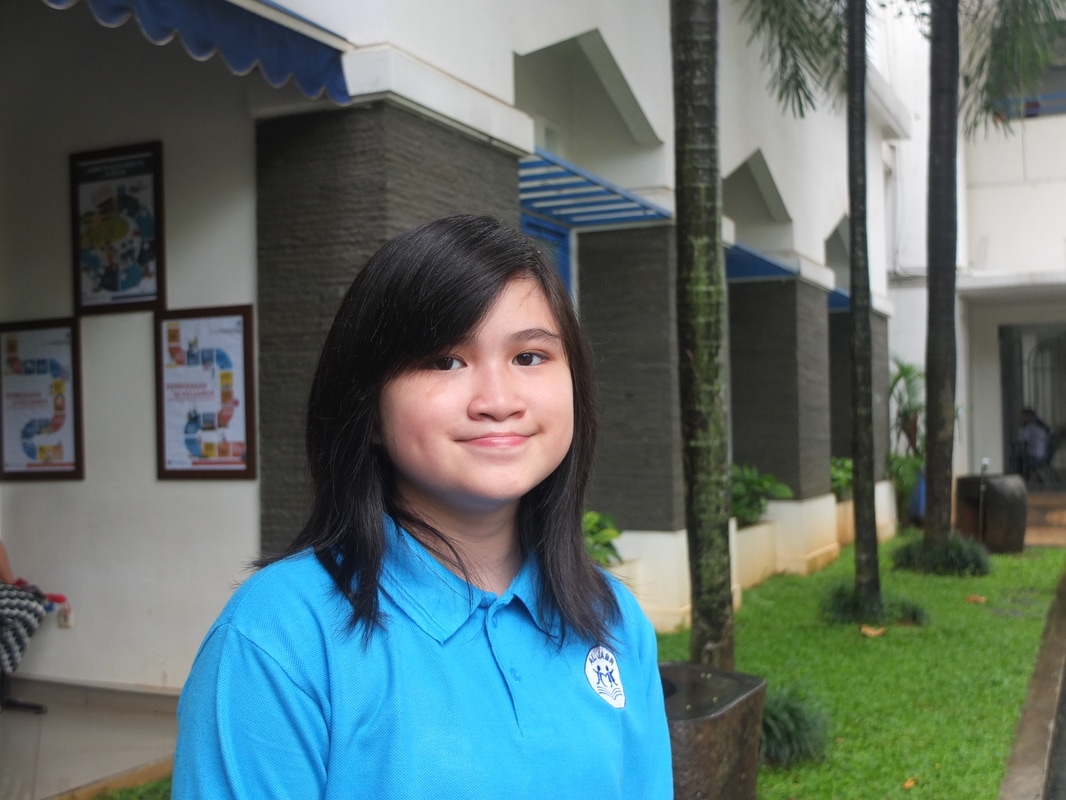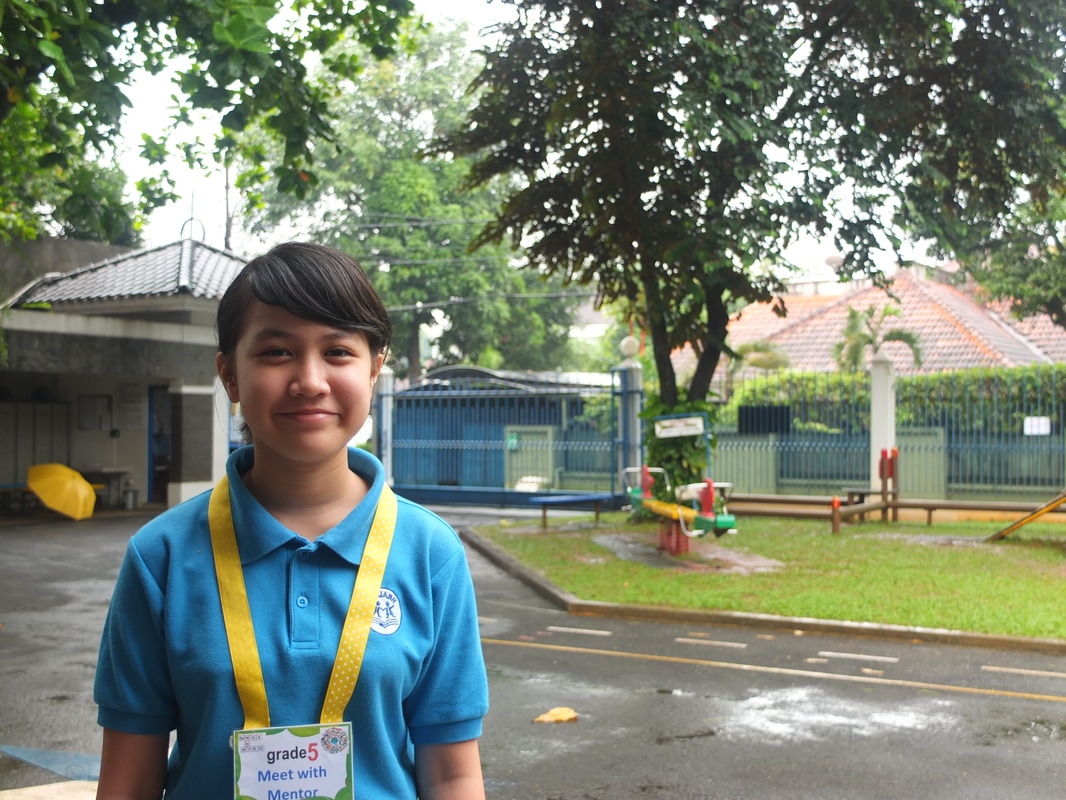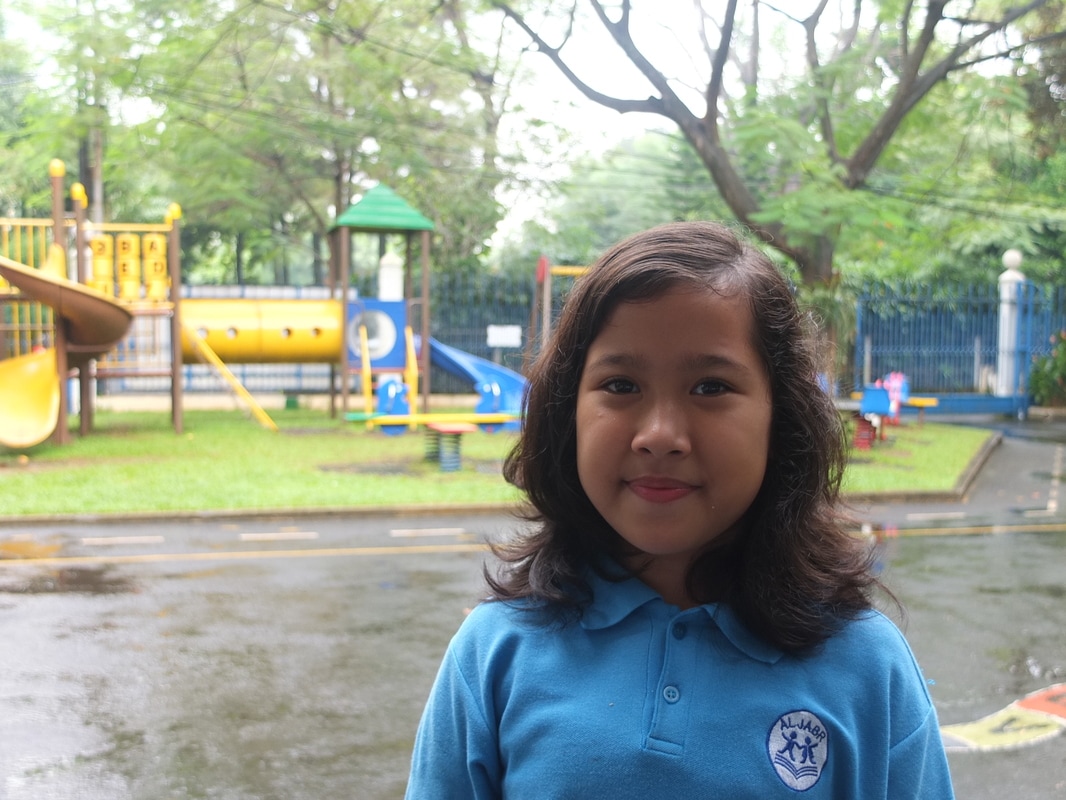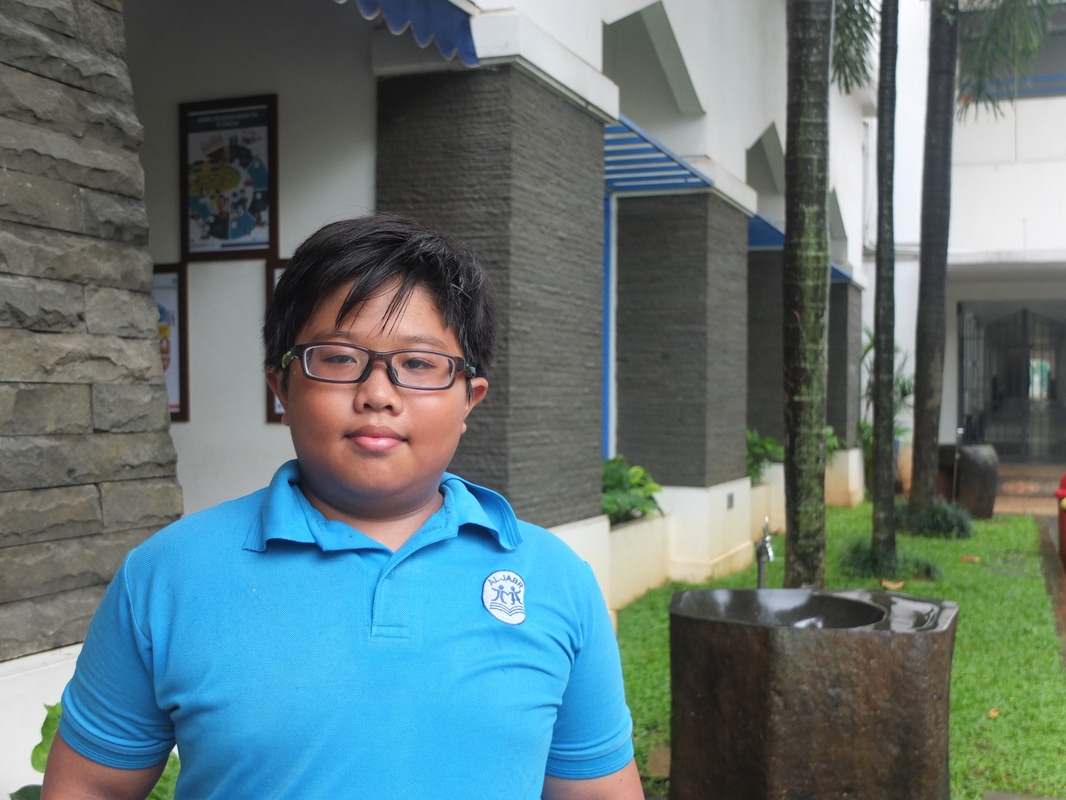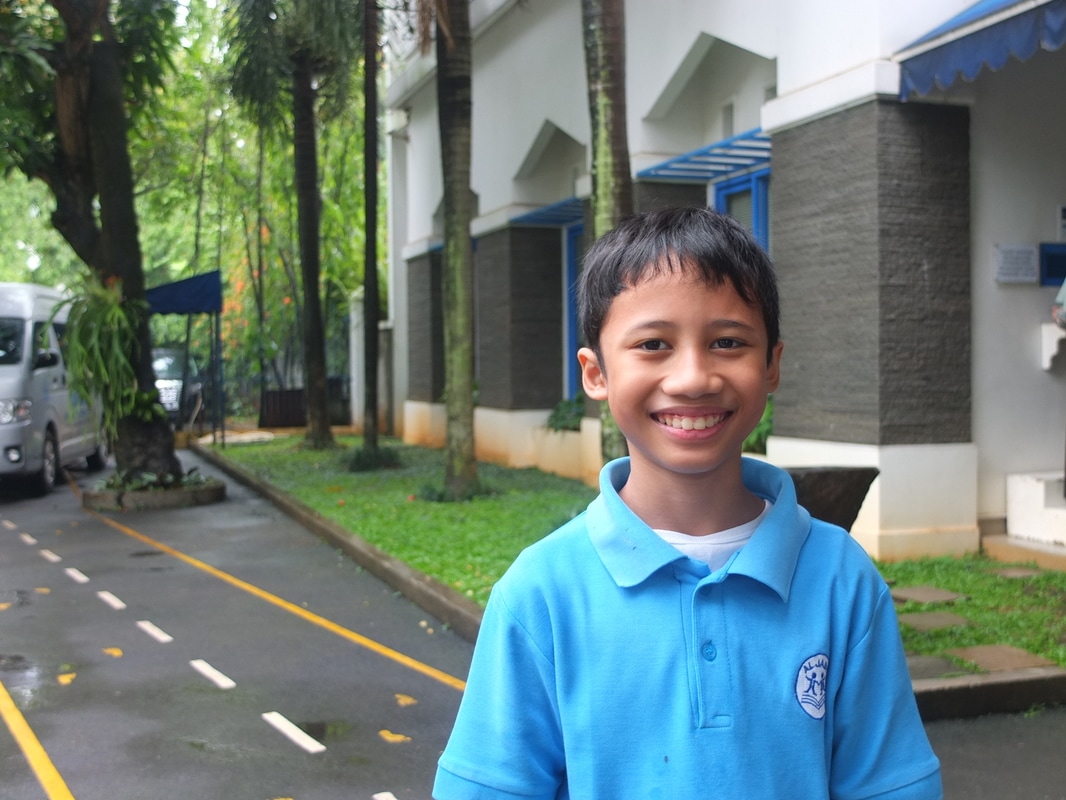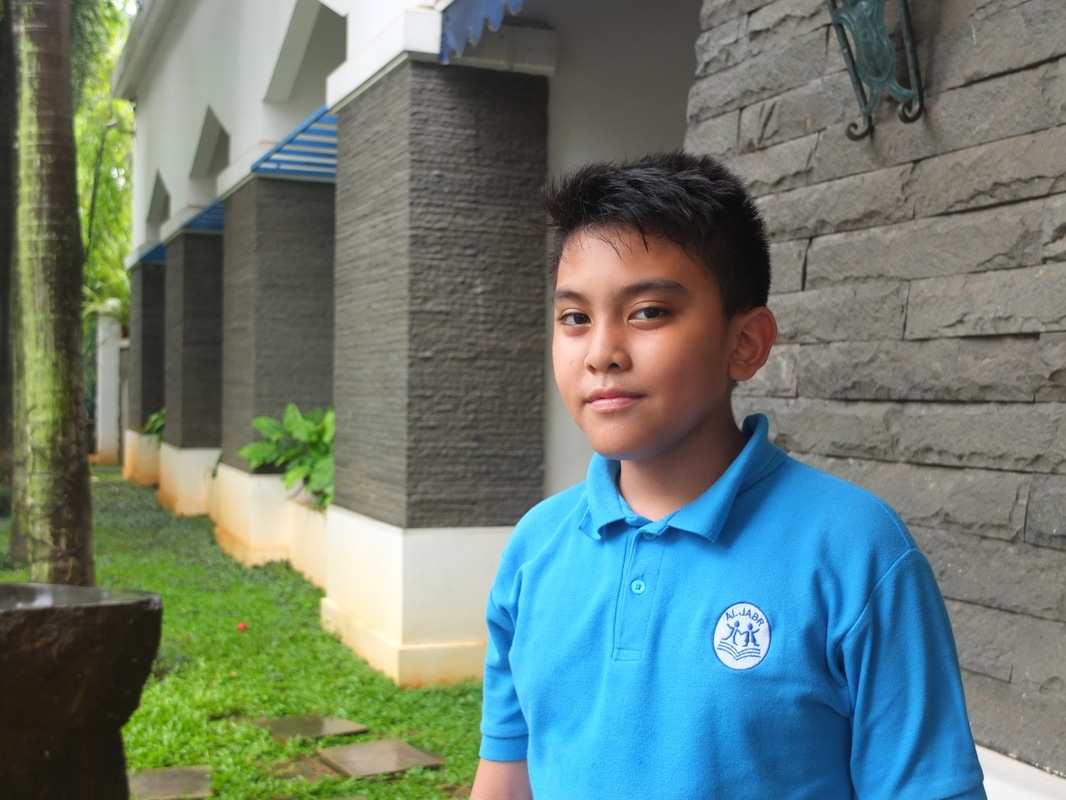Maximizing gardens to grow varieties of herbsThe Students :
|
Learning outcomes:
|
TUNING IN
EXPLORING, WONDERING AND QUESTIONING
This group focuses on maximizing herbs garden. The students in this group plan to explore about all kind of herbs that useful for human being. As the beginning, to make the students tuned in to the topic the mentors encouraged the students to explore information through articles, internet, observing through pictures, and discuss with mentors or herbs enthusiast. Through all those activities they formulated questions such as:
1. What are the benefits of consuming herbs?
2. When is the best time to consume herbs?
3. How to plant herbs?
4. Where we can plant herbs?
5. Why consuming herbs is better than medicine?
6. What do people know about herbs?
7. What are the relationship of consuming herbs to our health?
To find the answers for all those questions above the students made some notes. While others questions that have not been answered will be asked to some experts during field trip to Badan Pengkajian dan Penerapan Teknologi (BPPT) Ragunan on this upcoming Thursday (23rd March 2017).
2. When is the best time to consume herbs?
3. How to plant herbs?
4. Where we can plant herbs?
5. Why consuming herbs is better than medicine?
6. What do people know about herbs?
7. What are the relationship of consuming herbs to our health?
To find the answers for all those questions above the students made some notes. While others questions that have not been answered will be asked to some experts during field trip to Badan Pengkajian dan Penerapan Teknologi (BPPT) Ragunan on this upcoming Thursday (23rd March 2017).
Our Resource :
Badan Pengkajian dan Penerapan Teknologi
To deepening our information about herbs, we visit BPTP (Balai Pengkajian Teknologi Pertanian) at Jl. Raya Ragunan, No.30, RT.8/RW.6, Jati Padang, Ps. Minggu, Kota Jakarta Selatan.
In BPTP, we meet Mrs. Tuti and Mrs. Wahyu that explains about many herbs and their function in daily life.
BPPT website : http://jakarta.litbang.pertanian.go.id/ind/
In BPTP, we meet Mrs. Tuti and Mrs. Wahyu that explains about many herbs and their function in daily life.
BPPT website : http://jakarta.litbang.pertanian.go.id/ind/
Pak sarno-THE HerbalisT
After visit BPTP, we meet Pak Sarno the Herbalist. He taught about the function of variety of Herbs such as Sambiloto, Ginger, Kumis Kucing, Sirih etc.
Experiment
After we know about the function from herbs, we are going to make some eksperiments. We give the ekstract of herbs to the participant. We asking them about problem of their health. After one week, we interview and observe the participant to know how the effect for their body.
Action
To share our knowleadge about herbs, we make action to grade 4 students. They very enthusiastic to hear our information. After that, we give the sample of cake and drink from carrot.

